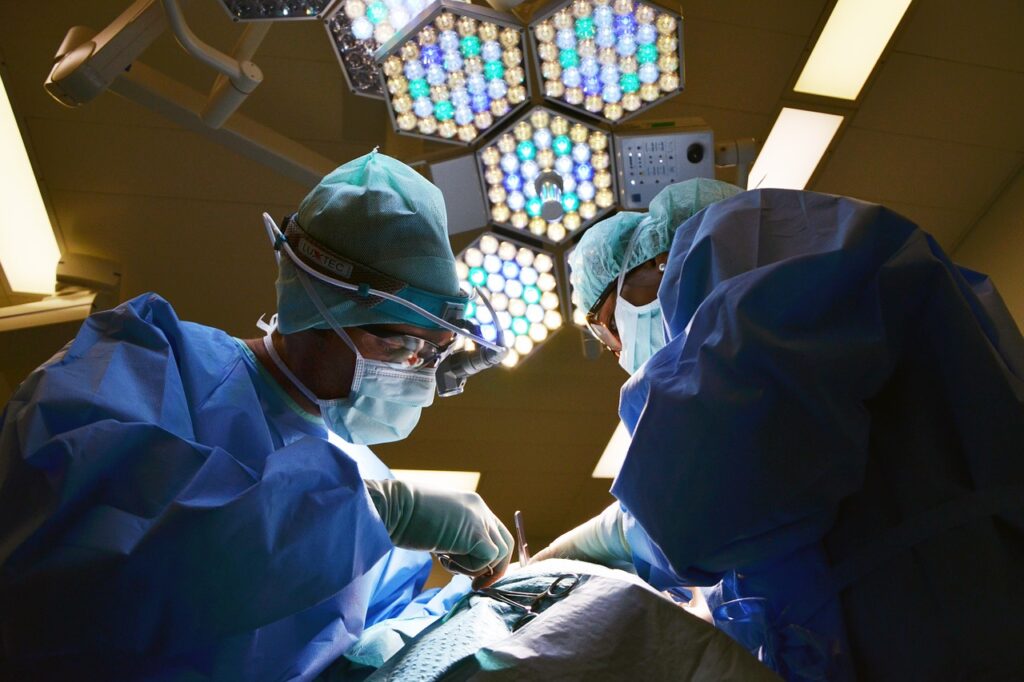Health care
The Most Common Symptoms of Peripheral Vascular Disease
A blood circulation disorder, PVD results in a narrowing, blockage or spasming of the blood vessels located outside of the brain and heart. This condition can affect both veins and arteries causing a myriad of symptoms, some of which can be life-threatening.

If you have concerns about PVD, you may be wondering what the most common signs and symptoms of peripheral vascular disease are. In this guide, we explore the symptoms most typically associated with PVD and what to discuss with your vascular surgeon in Los Angeles, CA.
According to the Centers for Disease Control (CDC), between 12-20% of adults age 60 or older develop PVD, or nearly 8.5 million in the US alone. Despite being more prevalent in the aging population, younger individuals may also develop this sometimes debilitating condition.
What Are Common Symptoms of Peripheral Vascular Disease?
In the vast majority of cases, the initial indications of PVD show up slowly, progressing over time and may initially present irregularly. This can make early diagnosis a challenge.
For example, initial symptoms may present as cramping or fatigue in the legs or feet that worsens with physical activity. This could be brushed off as a natural part of aging, general aches and pains, and simply the result of exertion.
Some research reveals that nearly half of those diagnosed with peripheral vascular disease don’t even experience symptoms
However, for those who do experience symptoms, the most common initial indication is painful leg cramping, often exacerbated by exercise. Intervals of rest (intermittent claudication) tend to temporarily relieve pain.
Other Common Symptoms of Peripheral Vascular Disease Include
- Reduced hair growth on the lower legs and calf area
- Frequent leg cramping when laying in bed
- Discoloration of the legs or arms (pale or bluish tint)
- Weak pulses measured in the legs or feet
- Thin or pale skin on the legs or feet
- Severe burning or blueish color of the toes
- Thick and opaque toenails
- Numb, weak and/or heavy muscles
- Reduced skin temperature
- Pain, typically described as an aching or burning sensation at rest, often in the toes at night
- Restricted mobility
- Severe bouts of pain (occurs when an artery is narrowed or blocked)
Claudication: The Most Common Symptom of PVD and PA
Among the most prevalent PVD and PAD symptoms is a phenomenon called claudication. This term is used to describe lower limb muscle pain during periods of physical exertion (such as walking or exercise).
This symptom develops when a reduction in blood flow to the muscles starves them of necessary oxygen, nutrients and waste removal. Caused by a narrowing or blockage of the arteries in the lower extremities, reduced blood flow can result in recurring and worsening symptoms, even at rest.
Other Complications Caused by Peripheral Vascular Disease
Over time, PVD and PAD can progress, causing serious and sometimes life-threatening complications including:
- Tissue necrosis (death)
- Gangrene
- Significant and chronic pain (even at rest)
- Development of wounds that do not heal on their own
- Erectile Dysfunction (impotence)
- Development of ulcers
- Serious infections of the bones and bloodstream
- Reduced blood flow to the heart and brain leading to strokes or heart attacks
Get the Help You Need at Encino Vascular Institute
If you or a loved one are experiencing any of the symptoms in this article, call the Encino Vascular Institute and connect with a caring and compassionate team of vascular specialists eager to get you the care and vascular disease treatment you need. Located at 16311 Ventura Blvd Suite 1080p, Encino, CA 91436 or call (818) 908-9752.
Take back control of your health and quality of life. Don’t wait. Our team is standing by and ready to learn more about how we can help.